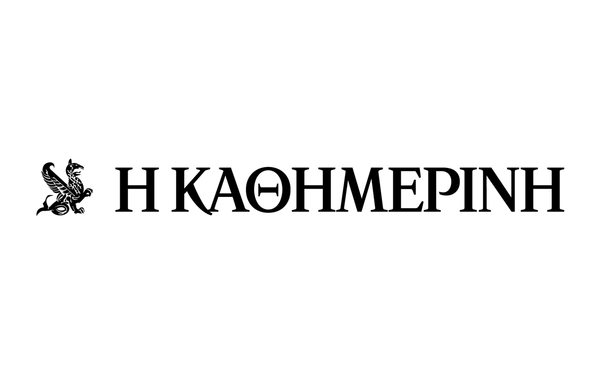
It was a tour of modern and older buildings of Thessaloniki and, simultaneously, a journey to the world of modern Russia’s contemporary art that managed to reach Thessaloniki.
The project Moscow-Thessaloniki-2009. Works from the collection of the Stella Art Foundation presents modern works of Russian artists that are spread across various city museums and institutions. The program was arranged by the Stella Art Foundation in collaboration with artBΟΧ and is an element of the parallel program of the Second Thessaloniki Contemporary Art Biennale.
Three stops
The first stop in our tour of the city: Thessaloniki Archeological Museum that hosts an exhibition of works from Alexander Djikia’s series Variations on the Theme of Cretan-Mycenaean Seals. The artist had studied the mysterious ancient seals and reflected their imagery in his works, giving his own reading to their themes. “It’s something like translation,” the artist explained to Kathimerini’s correspondent. On the miniature pictures, set next to amber decorations and other permanent exhibits of the city’s archeological museum, we saw figures of animals and people in perpetual movement — something that could well serve as ancient comic strips.
The second stop: Warehouse No. 1 in the city port, with the Making Words performance, a combination of visual art and poetry. The performance was interrupted by a torrential rain, and the discussion that was scheduled didn’t find its way.
The third stop in our tour was Kapandjis Villa, one of the few old seignorial houses surviving in Thessaloniki that has been housing the Thessaloniki Cultural Center of the National Bank’s Educational Foundation for about twenty years. This luxurious building will have on view until November 1 part of works from the collection of the Stella Art Foundation, some of which were already displayed in Vienna, at the 52nd and 53rd Venice Biennales and documenta 12 in Kassel. The exhibition, arranged by curator Thalea Stefanidou, was given the title Subjective Visions.
In the small and bigger halls of the Kapandjis Villa we were able to delve into the themes inspiring the present-day Russian visual art. The show reveals all the complexities of the historical development of the country in the 20th century, the moods of sadness and anger are balanced with tenderness literally on the razor’s edge (in this sense, silver prints by Robert Mapplethorpe, showing flowers and knives in absolute symmetry, are quite typical), and modern technologies are broadly used to supplement in original ways the traditional methods of visual rendering of reality. The viewers leaving the building and the MIET Cultural Center were obviously trying to organize the interesting works seen there in some classification.
The modern Russian art has left its trace — this time, an indelible one — at the Thessaloniki Port. It is the sculptural composition by Haim Sokol To All Those Who Once Lived Here, donated by the Stella Art Foundation to the city and the Thessaloniki Port Authority.
These days, Thessaloniki has on view one of many contradictory aspects of life of contemporary Russia.